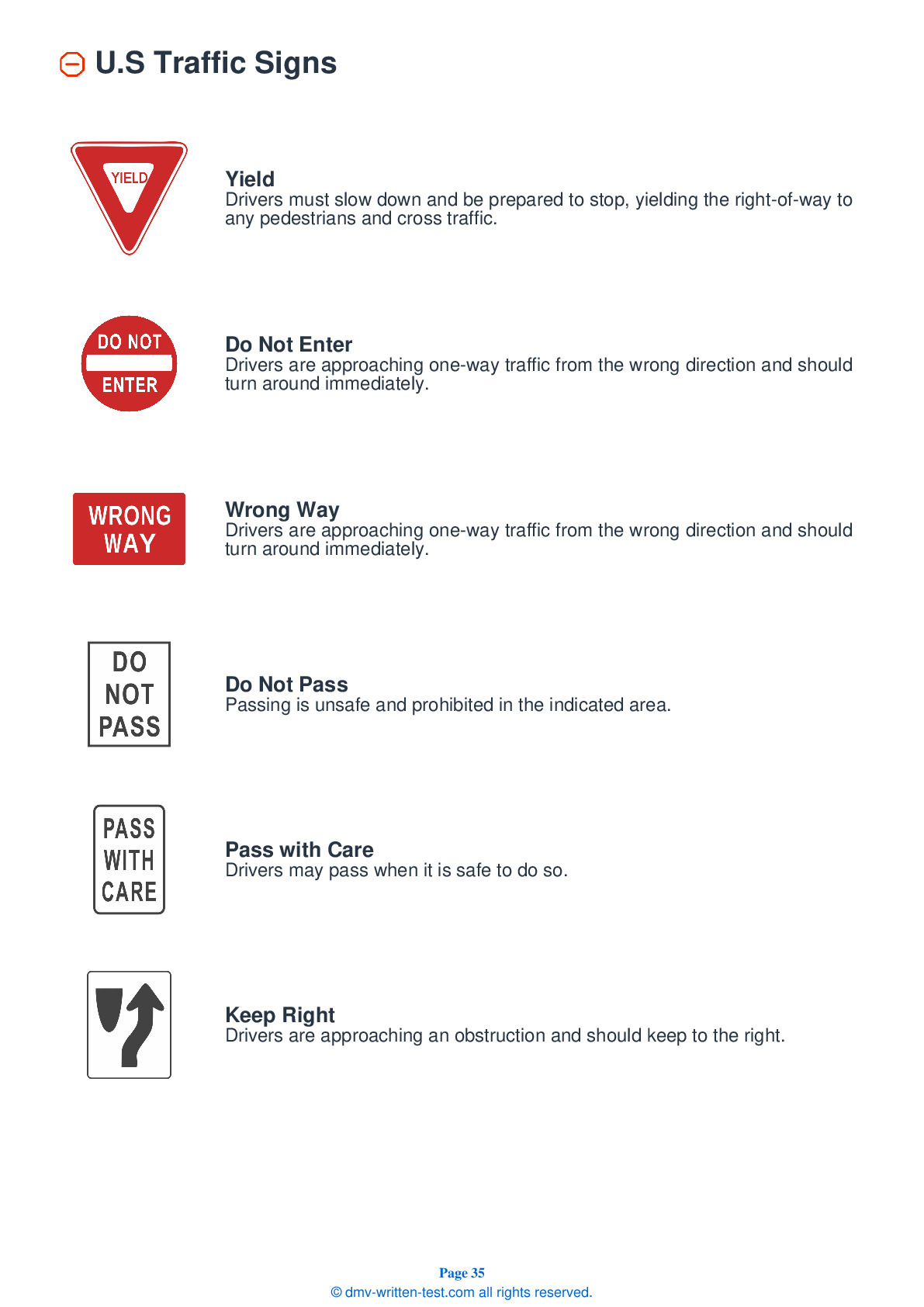2025 Connecticut Motorcycle Permit Test 2
The following questions are from real DMV written motorcycle permit tests. These are some of the actual permit questions you will face in Connecticut when getting your motorcycle learners permit. Each motorcycle theory practice test question has three answer choices. Select one answer for each question and select "grade this section." You can find this button at the bottom of the drivers license quiz. For a complete list of questions and answers for Connecticut please visit https://cheat-sheets.dmv-written-test.com/en/connecticut/motorcycle.
Number of Tests
Number of Question
Passing Score
11. When braking on a slippery surface, you should:
Explanation
To ride safely on a slippery surface, you should reduce your speed and avoid making sudden moves. Use both brakes if you must slow down or stop.
12. The proper footwear for riding a motorcycle:
Explanation
When riding, you should wear sturdy footwear that is high enough to cover and support your ankles. Short-heeled footwear is best because taller heels may catch on rough surfaces. Laces should be tucked in so that they can't be caught on anything.
13. A windshield:
Explanation
A windshield is not an adequate substitute for the protection offered by goggles or a face shield. Most windshields will not protect your eyes from the wind.
14. An experienced rider:
Explanation
Unlike drivers of larger vehicles, a motorcyclist has three lane position options in their travel lane. The rider should select whichever position is safest based on road and traffic conditions.
15. Which of the following is not a factor in determining blood alcohol content (BAC)?
Explanation
The three major factors that affect a person's blood alcohol content (BAC) are the amount of alcohol consumed, how fast the alcohol was consumed, and the drinker's body weight. It is illegal and dangerous to operate a motor vehicle while under the influence of alcohol.
16. When riding at night, a motorcyclist should maintain a minimum following distance of:
Explanation




